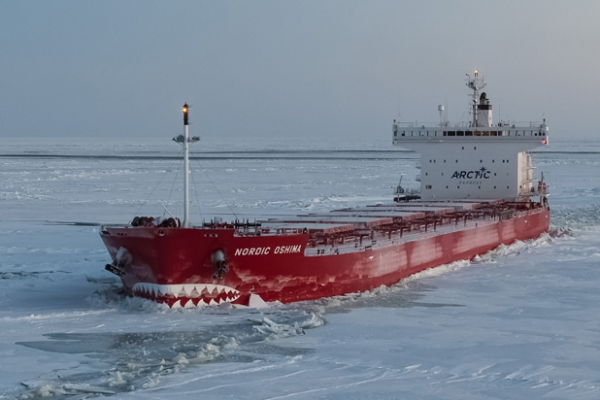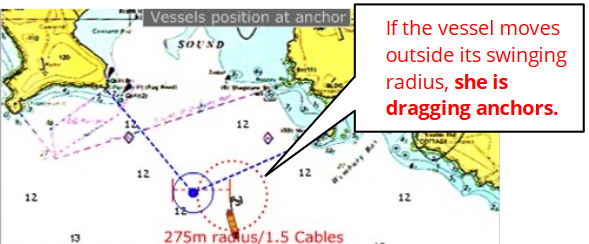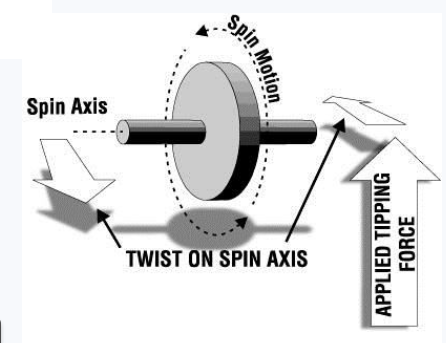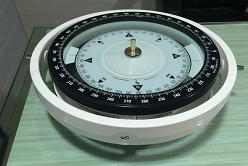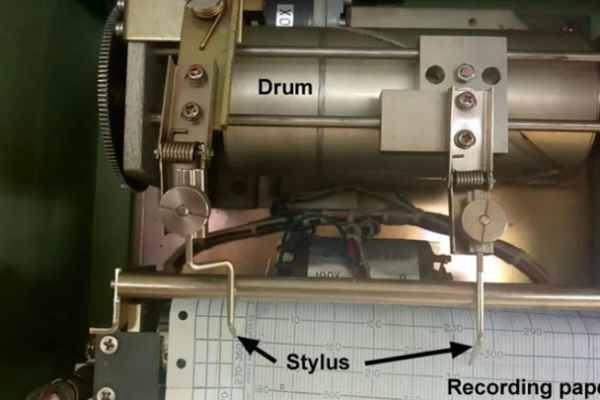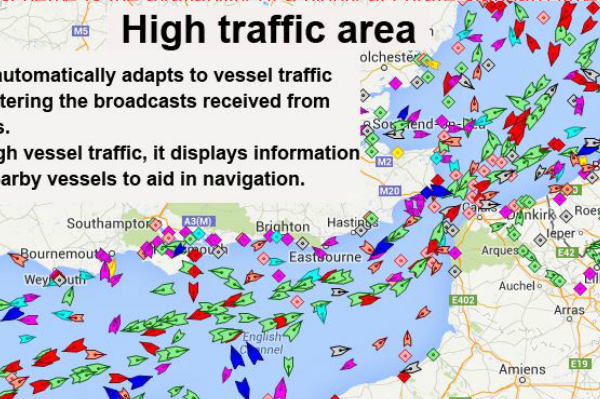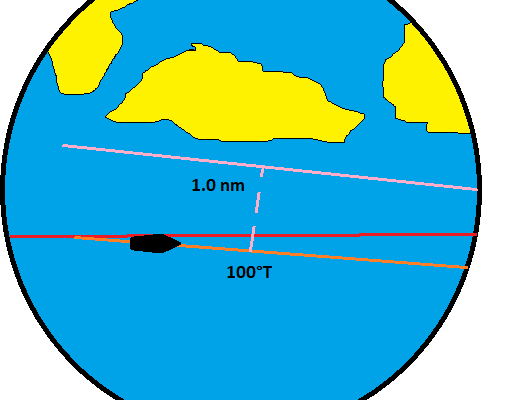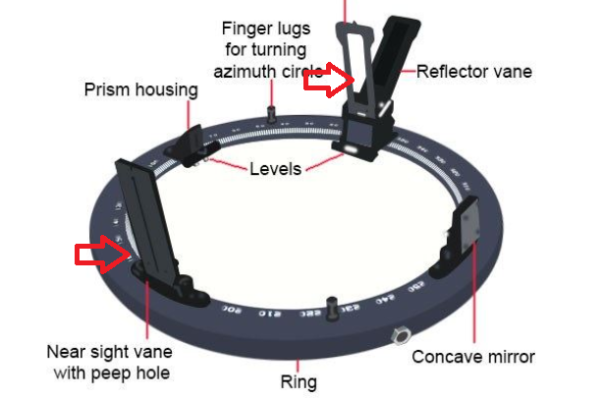Ice on the Sea
Ice is found at high latitudes in both hemispheres i.e. Northern Hemisphere (Artic) and Southern Hemisphere (Antarctic) regions. They differ greatly because of their physical dissimilarities. The Artic Basin is an area of ocean, which is covered up a thin shell of ice about 3.5
